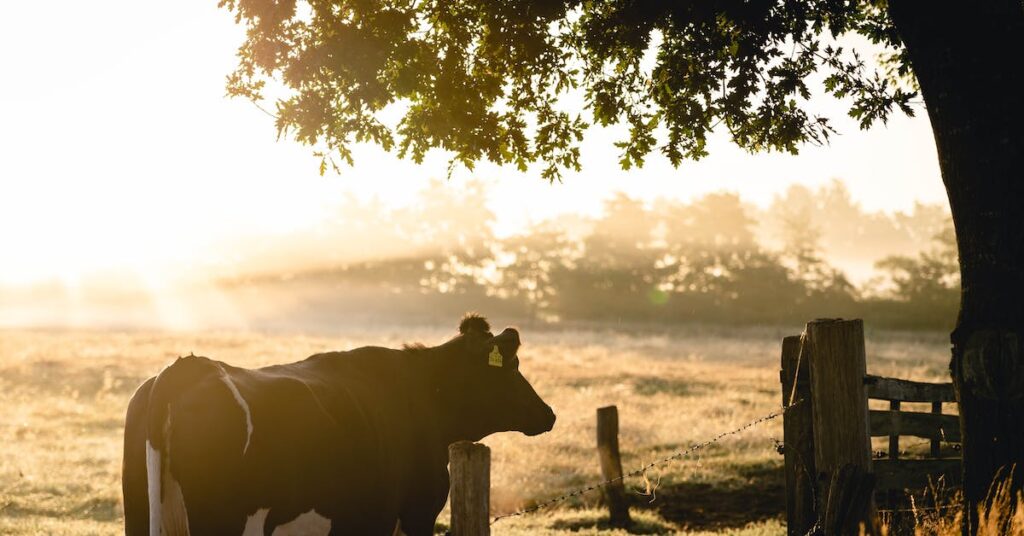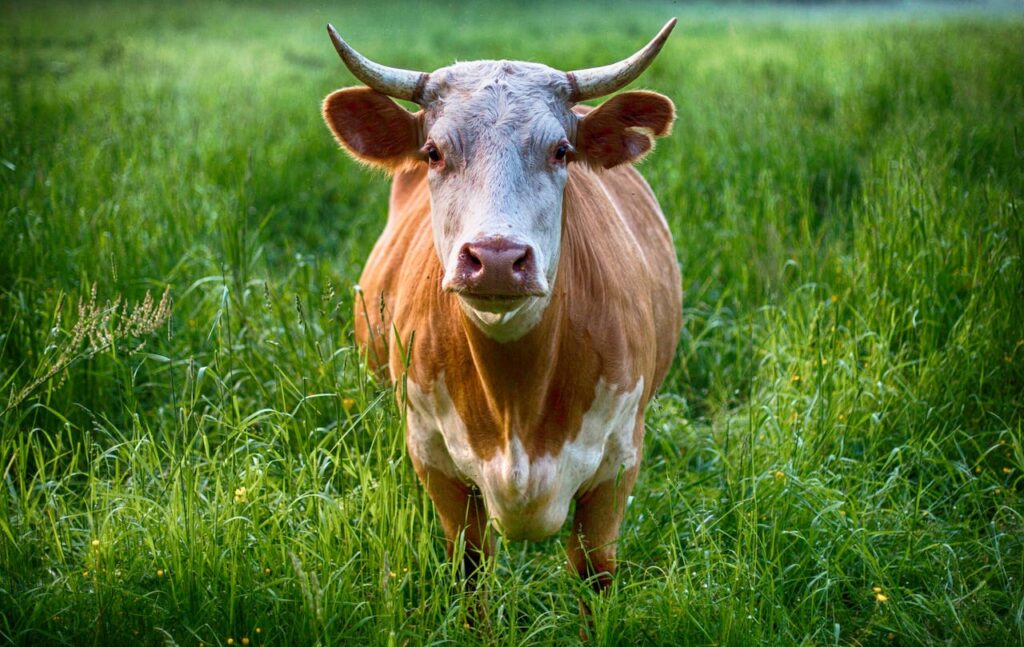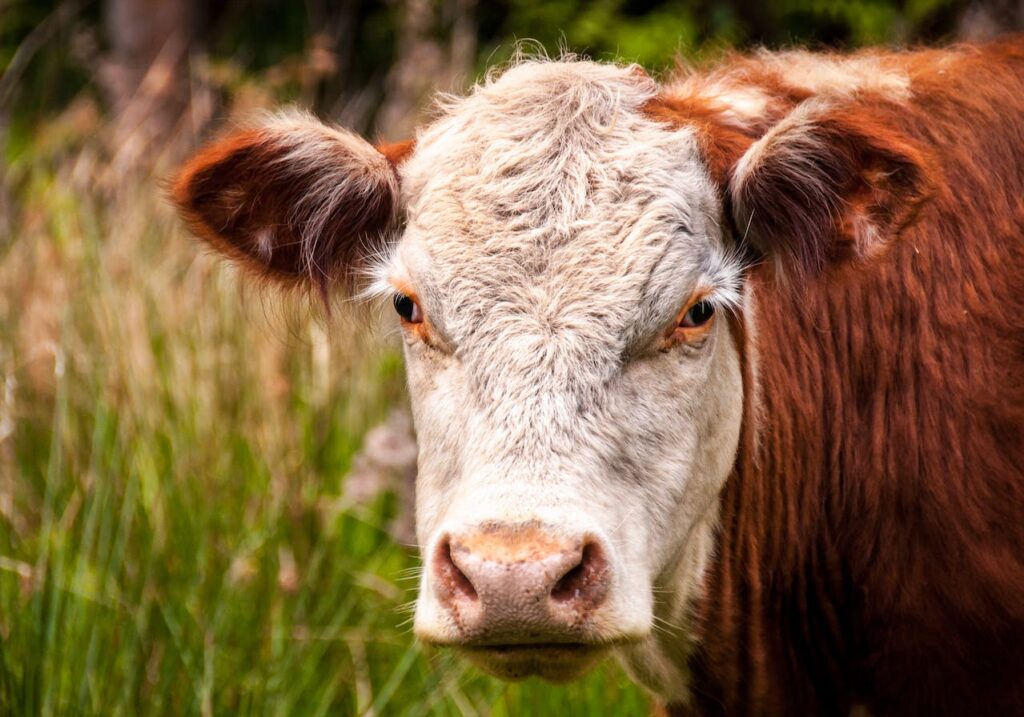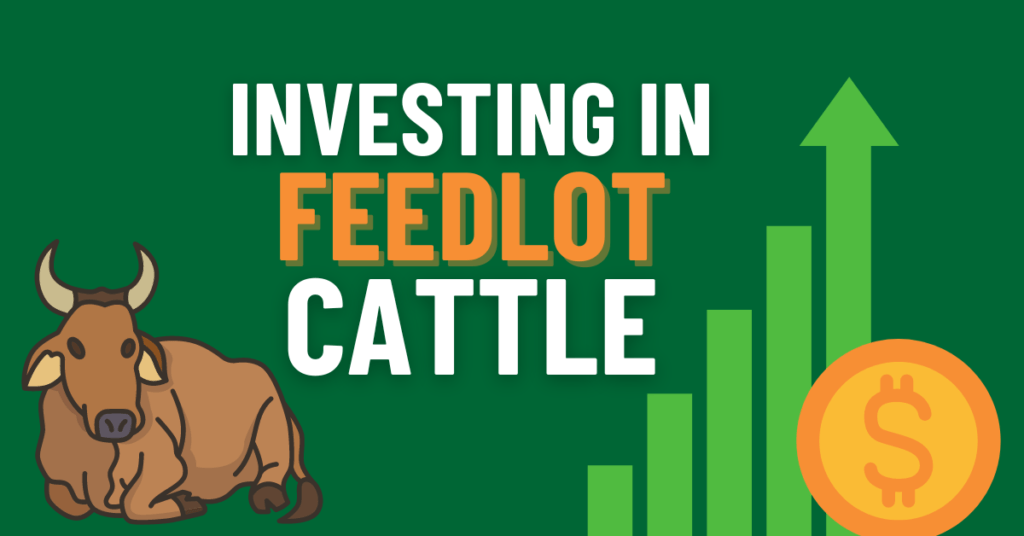Investing in feedlot cattle has emerged as an attractive option for savvy investors looking for diversification and potential high returns. As the global demand for beef products continues to rise, understanding the intricacies of the market becomes crucial for those considering cattle farming as an investment.
In this comprehensive guide, we will explore the advantages, risks, key factors influencing cattle prices, and provide practical insights for successful feedlot management.
So if you are interested in Investing in Feedlot Cattle, read this article till the end.
Advantages of Investing in Feedlot Cattle

High Potential Returns
Feedlot cattle investment offers the potential for high returns, given the steady demand for beef products. The growing population and changing dietary habits globally contribute to the sustained demand, making it a lucrative market for investors.
Steady Demand for Beef Products
The ever-increasing demand for beef, driven by population growth and rising income levels, ensures a consistent market for feedlot cattle.
This steady demand provides a reliable revenue stream for investors in the long run.
Diversification Benefits for Investors
Cattle farming serves as an excellent diversification strategy for investors. The returns from feedlot operations are often uncorrelated with traditional financial markets, reducing overall portfolio risk.
Risks and Challenges

Market Volatility
The cattle market is susceptible to fluctuations, influenced by factors such as weather conditions, geopolitical events, and economic trends. Investors must be prepared for market volatility and implement risk management strategies.
Feed Costs and Environmental Concerns
Rising feed costs and environmental considerations pose challenges for feedlot operations. Managing these costs efficiently and adopting environmentally sustainable practices are crucial for long-term success.
Disease Outbreaks in Feedlots
The potential for disease outbreaks poses a significant risk in feedlot cattle farming. Investors need to implement robust health management practices and stay informed about the latest developments in disease prevention.
Key Factors Influencing Cattle Prices

Supply and Demand Dynamics
Understanding the balance between cattle supply and consumer demand is essential for predicting price movements.
Factors such as herd size, breeding trends, and consumer preferences play a pivotal role in shaping market dynamics.
Government Policies and Regulations
Government policies and regulations, including trade agreements and subsidies, can impact cattle prices. Investors should stay informed about relevant policies and their potential effects on the market.
Global Economic Factors
Global economic conditions, such as currency fluctuations and trade relations, can influence cattle prices. Investors need to be aware of these factors to make informed decisions and navigate market uncertainties.
How to Start Investing in Feedlot Cattle
Research and Education
Before entering the market, investors should conduct thorough research and educate themselves about the intricacies of cattle farming. Understanding market trends, operational challenges, and potential returns is crucial for informed decision-making.
Building Relationships with Industry Experts
Establishing connections with experienced professionals in the cattle farming industry can provide valuable insights. Networking with veterinarians, feed suppliers, and seasoned farmers can offer guidance and support for novice investors.
Understanding the Financial Aspects
A sound financial understanding is essential for successful feedlot management.
Investors should develop a clear budget, accounting for feed costs, veterinary care, and operational expenses. Monitoring financial metrics and making data-driven decisions are key to profitability.
Best Practices for Feedlot Management

Proper Nutrition and Feeding Strategies
Ensuring that cattle receive optimal nutrition is fundamental for their health and growth. Implementing effective feeding strategies, including the use of quality feed and supplements, contributes to overall herd well-being.
Health Management and Disease Prevention
Preventing disease outbreaks is crucial in feedlot operations. Regular health check-ups, vaccinations, and quarantine measures are essential practices to maintain a healthy herd and minimize the risk of diseases.
Efficient Operational Practices for Profitability
Operational efficiency is paramount for profitability. Streamlining processes, optimizing resource utilization, and adopting technology-driven solutions contribute to a more efficient and cost-effective feedlot operation.
Sustainable Investing in Feedlot Cattle
Environmentally Conscious Practices
Investors should consider environmentally sustainable practices in feedlot operations.
Implementing waste management systems, water conservation measures, and eco-friendly initiatives contribute to sustainable and responsible farming.
Ethical Considerations in Cattle Farming
Ethical treatment of animals is gaining importance in the industry. Investors should prioritize humane practices, including providing adequate living conditions and adhering to ethical standards in the treatment of feedlot cattle.
Supporting Sustainable and Humane Practices
Investors can contribute to sustainable practices by supporting farms that prioritize animal welfare and environmental responsibility.
Aligning investments with ethical and sustainable farming practices reflects positively on both the investor and the industry.
Also read: Best Physical Investments for Higher Returns
Future Trends in Cattle Farming
Technological Advancements in Feedlot Operations
The integration of technology is transforming feedlot management. Automation, data analytics, and IoT applications are enhancing operational efficiency, reducing labor costs, and improving overall productivity.
Shifting Consumer Preferences and Market Trends
Changing consumer preferences, including a growing demand for organic and ethically sourced products, influence market trends. Investors should stay abreast of these shifts to identify new opportunities and adapt their strategies accordingly.
Innovation in Sustainable and Ethical Farming Practices
The industry is witnessing innovation in sustainable and ethical farming practices. From alternative feed sources to eco-friendly waste management, embracing these innovations can position investors for long-term success.
Success Stories in Feedlot Cattle Investment
Profiles of Successful Investors
Examining the success stories of seasoned investors provides valuable insights. Understanding the strategies, challenges faced, and lessons learned by successful individuals in the industry can guide prospective investors in making informed decisions.
Key Strategies That Led to Success
Identifying the key strategies that contributed to success is crucial. Whether it’s strategic partnerships, innovative operational practices, or effective risk management, learning from proven strategies enhances an investor’s likelihood of success.
Lessons Learned from Their Experiences
Learning from the experiences of successful investors helps newcomers avoid common pitfalls.
Understanding the challenges faced and the lessons learned in the journey to success can provide valuable wisdom for those entering the feedlot cattle investment space.
Common Misconceptions About Cattle Farming Investment
Myth-Busting Regarding Risks and Challenges
Busting myths about the risks and challenges associated with cattle farming is essential. Addressing common misconceptions provides clarity for potential investors and sets realistic expectations for the venture.
Clarifying Misconceptions About Profitability
Some misconceptions surround the profitability of feedlot cattle investment. Clarifying these misconceptions helps investors understand the potential returns, operational challenges, and the commitment required for success.
Providing Realistic Expectations for Investors
Setting realistic expectations is crucial for investor satisfaction. By providing a clear understanding of the industry, including both opportunities and challenges, investors can make informed decisions aligned with their goals and risk tolerance.
The Role of Technology in Feedlot Management
Automation and Data-Driven Decision-Making
Automation plays a significant role in enhancing feedlot efficiency. Automated feeding systems, health monitoring through sensors, and data-driven decision-making contribute to improved productivity and profitability.
IoT Applications in Cattle Farming
The Internet of Things (IoT) is revolutionizing cattle farming. IoT applications include tracking cattle health, monitoring environmental conditions, and optimizing feeding schedules, leading to more efficient and sustainable operations.
Enhancing Efficiency and Reducing Operational Costs
Technology-driven solutions contribute to operational efficiency and cost reduction. By embracing innovative technologies, feedlot operators can streamline processes, reduce manual labor, and optimize resource utilization for enhanced profitability.
Case Studies
Analyzing Specific Cases of Successful Ventures
Examining specific cases of profitable feedlot operations provides practical insights. Understanding the strategies implemented, challenges overcome, and the operational dynamics of successful ventures offers valuable lessons for prospective investors.
Identifying Key Factors That Contributed to Profitability
Key factors contributing to profitability, such as efficient resource management, strategic marketing, and innovative practices, should be identified. These insights can guide investors in formulating their own successful strategies.
Drawing Insights for Prospective Investors
Analyzing successful case studies helps prospective investors draw meaningful insights. Understanding the real-world applications of successful strategies enables investors to make informed decisions and navigate potential challenges effectively.
Regulatory Landscape for Cattle Farming Investment
Overview of Key Regulations
A comprehensive understanding of the regulatory landscape is crucial. Familiarity with industry-specific regulations, environmental compliance, and ethical standards ensures that investors operate within legal boundaries.
Compliance Requirements for Investors
Compliance with regulatory requirements is essential for sustainable and lawful feedlot operations. Investors must stay informed about compliance obligations and implement measures to meet industry standards.
Navigating Legal Considerations in the Industry
Navigating legal considerations, such as land use regulations, animal welfare laws, and environmental permits, is vital for investors.
Seeking legal advice and maintaining transparency in operations help avoid legal complications and ensure a smooth business operation.
Conclusion
In conclusion, investing in feedlot cattle presents a promising opportunity for investors seeking diversification, steady returns, and engagement in a dynamic industry.
Understanding the advantages, risks, and key factors influencing cattle prices is crucial for making informed investment decisions.
By adopting best practices, embracing sustainable and ethical farming, and staying abreast of technological advancements, investors can position themselves for success in the ever-evolving landscape of feedlot cattle investment.
So that was all about Investing in Feedlot Cattle. If you have any further questions in mind, feel free to comment down below. Finanzerr is always here to help you! ????
Frequently Asked Questions (FAQs)
What is the minimum investment required for cattle farming?
The minimum investment for cattle farming can vary based on factors such as the size of the operation, location, and operational scale. It’s advisable to conduct a thorough financial analysis and seek guidance from industry experts to determine the appropriate investment level.
How can investors mitigate the risks associated with market volatility?
Mitigating market volatility risks involves diversification, risk management strategies, and staying informed about market trends. Investors should also consider having a contingency plan in place to address unforeseen challenges.
Are there government incentives for sustainable and ethical cattle farming?
Some governments provide incentives, grants, or subsidies to promote sustainable and ethical farming practices. It’s essential for investors to research and understand the specific incentives available in their region.
What technological tools are available for efficient feedlot management?
Technological tools for feedlot management include automated feeding systems, health monitoring sensors, and data analytics platforms. Integrating these tools enhances operational efficiency, reduces costs, and improves overall productivity.
How can novice investors enter the feedlot cattle market?
Novice investors can enter the feedlot cattle market by conducting thorough research, seeking mentorship from experienced professionals, and starting with a manageable scale. Building a network within the industry and continuously educating oneself are also key to success.



